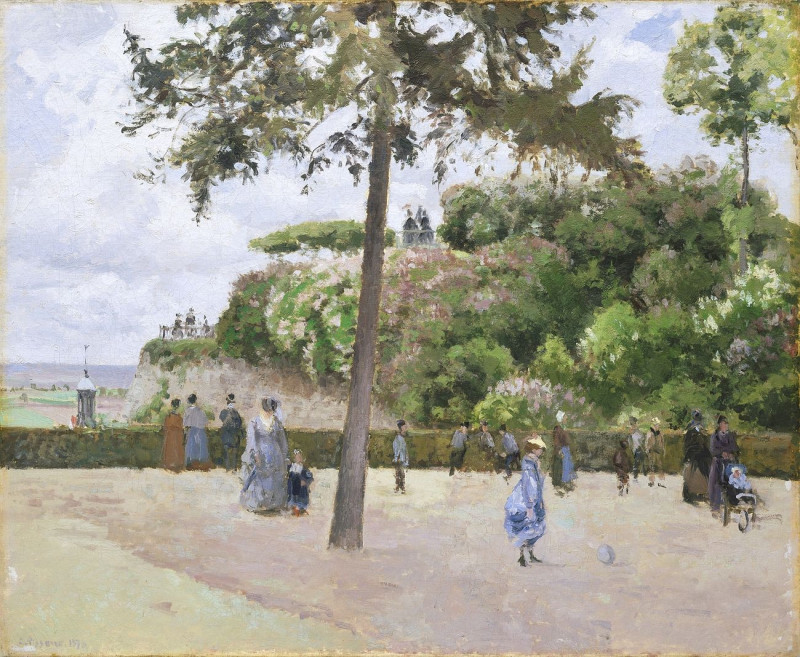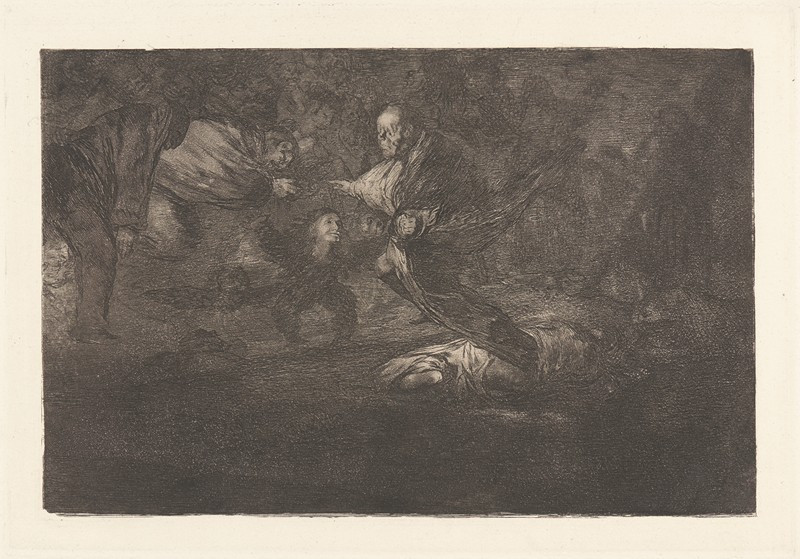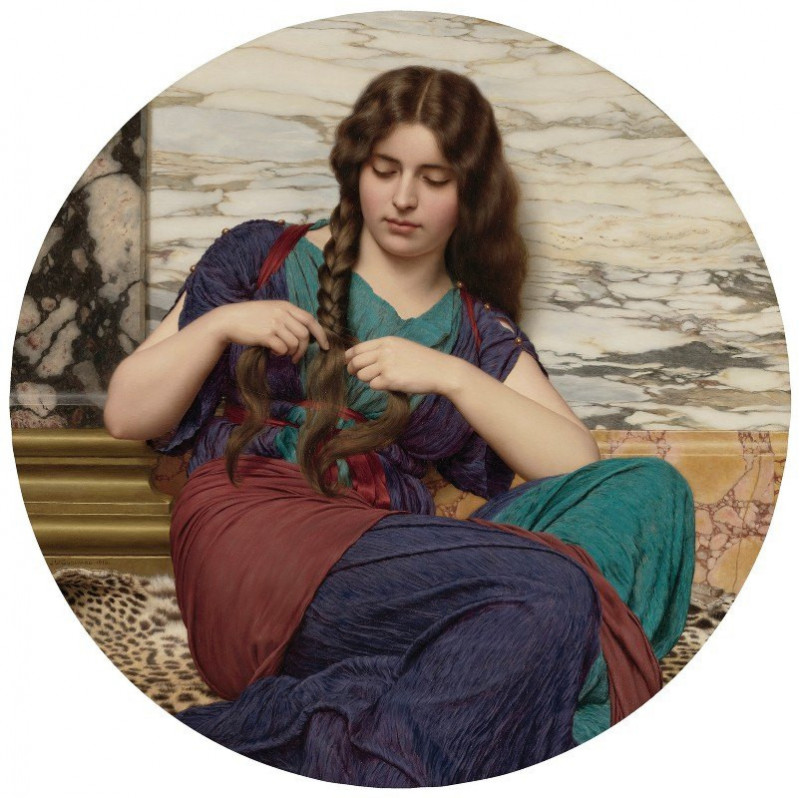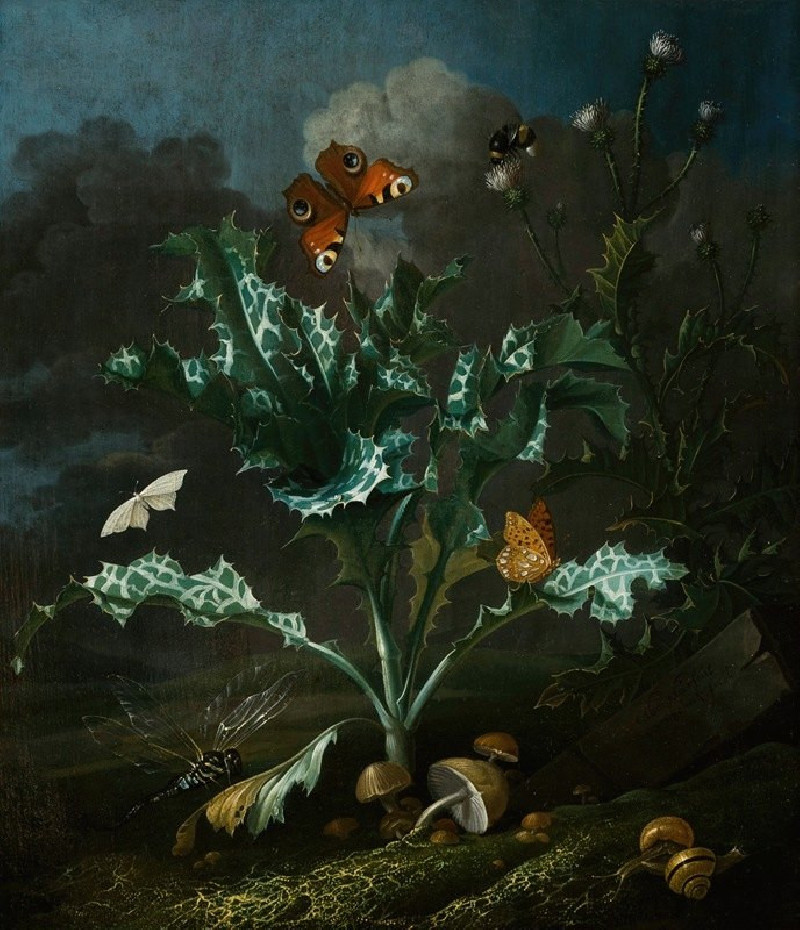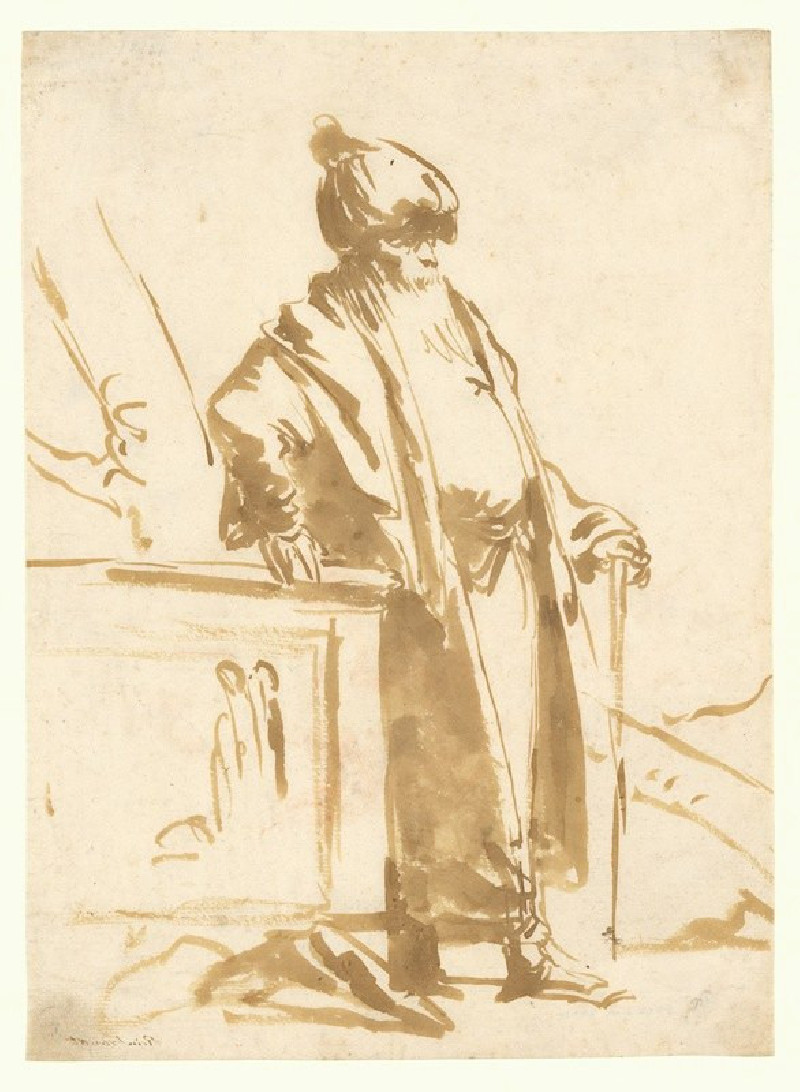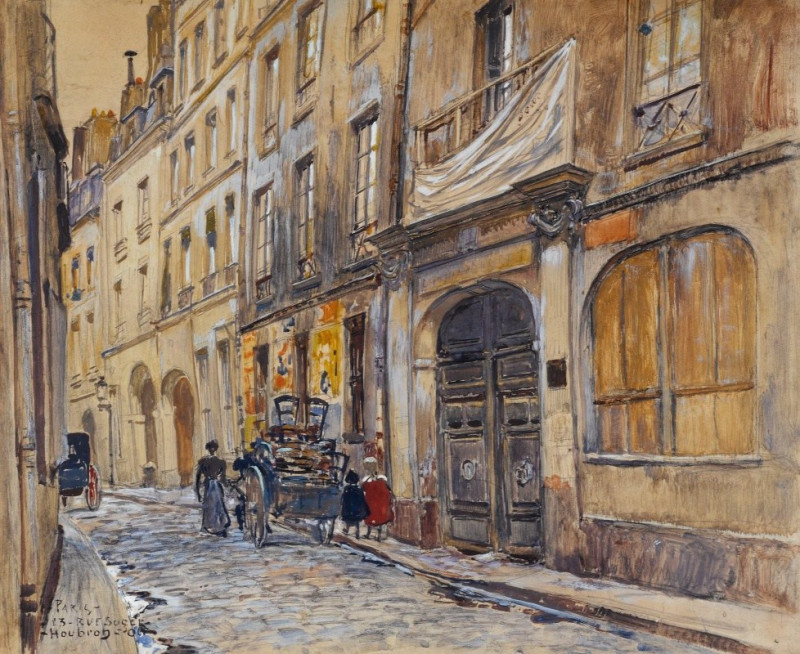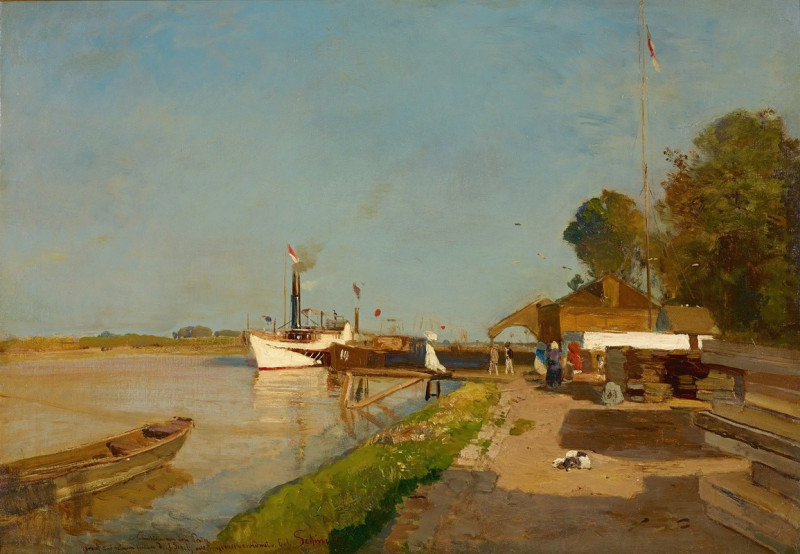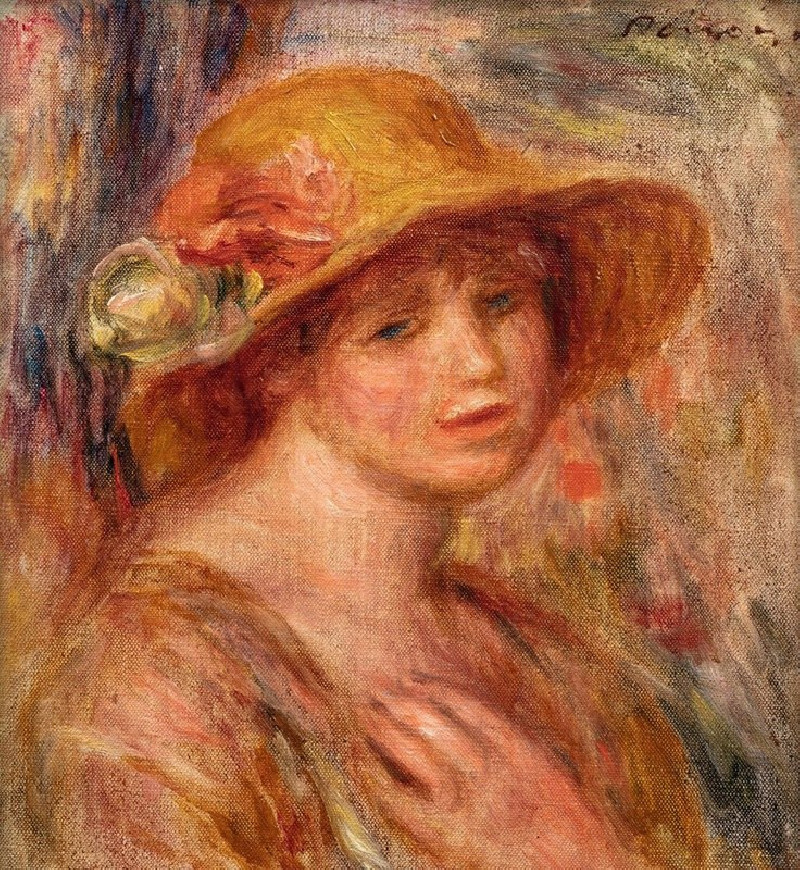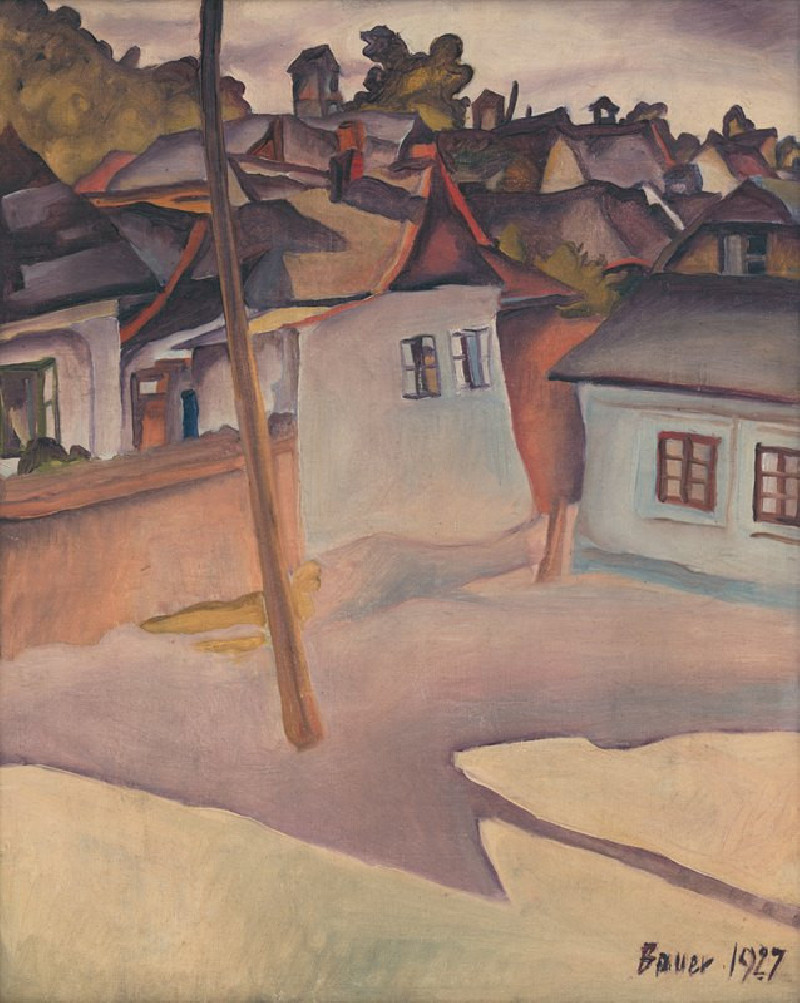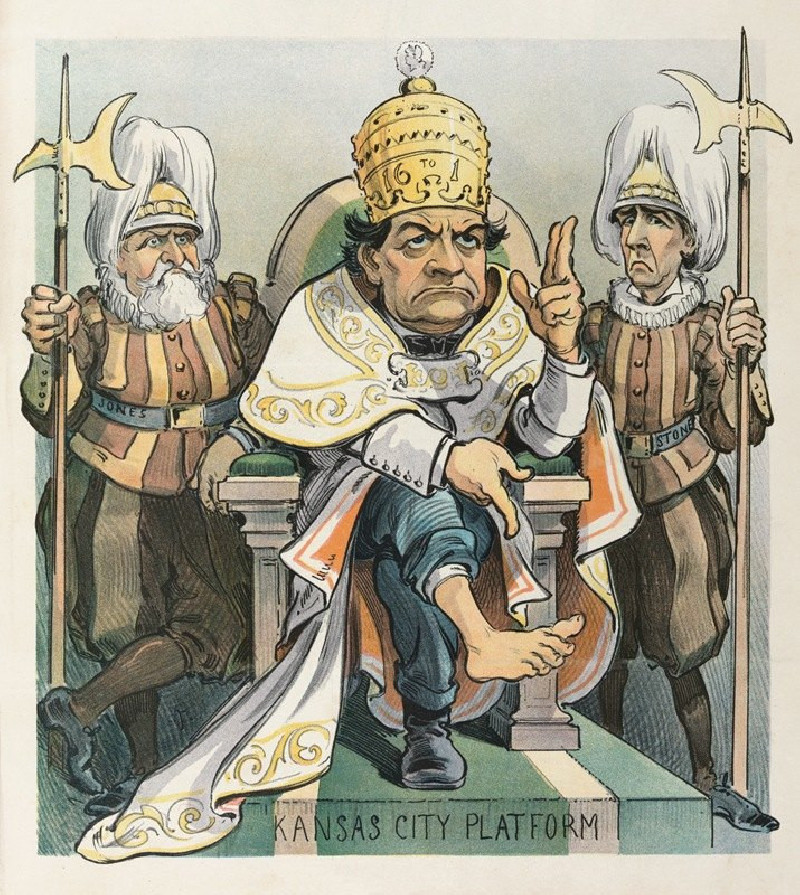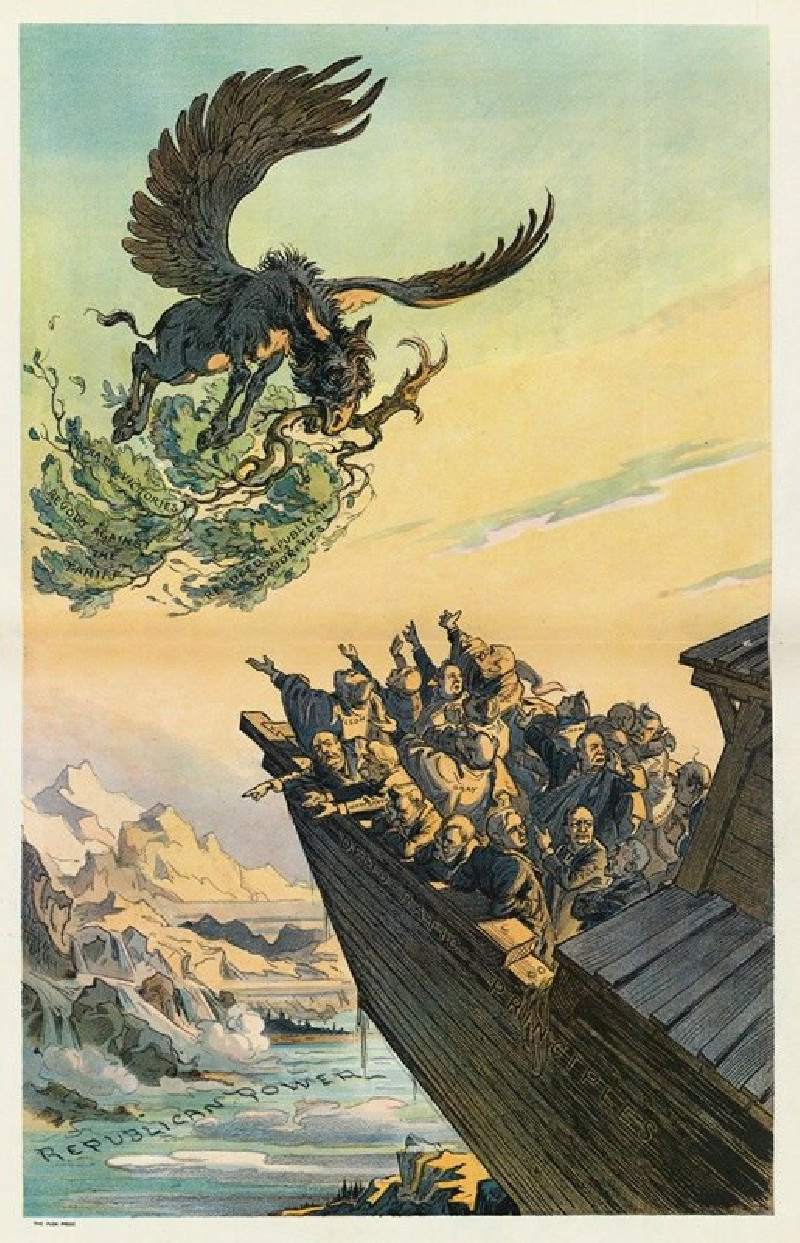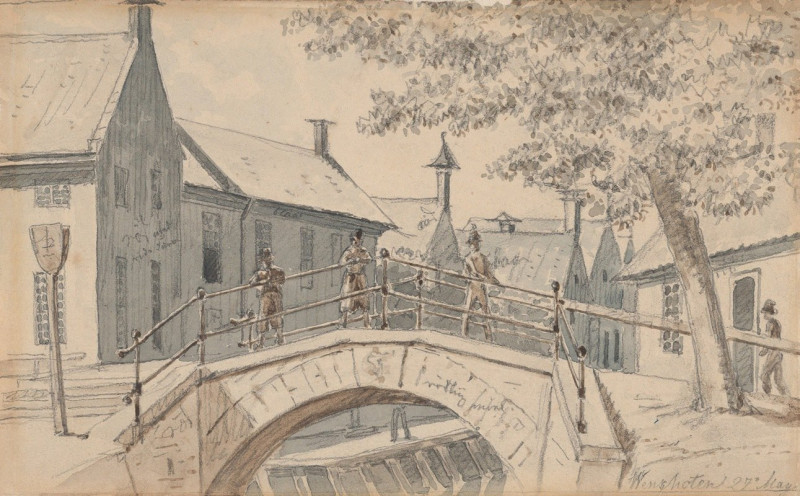The Public Garden At Pontoise
Technique: Giclée quality print
Recommended by our customers
More about this artwork
"The Public Garden at Pontoise" by Camille Pissarro offers a lively and atmospheric depiction of daily life in a French town park. The scene is vibrant with activity, capturing various people engaging in leisurely pursuits typical of a sunny day. The painting features a diverse mixture of figures, including women in elegant dresses, children playing, and men in casual attire, spread throughout a well-manicured public space.On the left, there’s a towering tree that partially frames the scene, casting dappled shadows onto the path below and adding a play of light and shade that enhances the naturalistic feel of the painting. Opposite, another large tree balances the composition. The central path leads the viewer’s eye toward a hill crowned with lush, flowering bushes and trees. Atop this hill, small figures can be seen enjoying the view, perhaps emphasizing the public's enjoyment of natural beauty.The color palette is soft and earthy, punctuated by the blues and whites of the women’s dresses and the greenery of the park. Pissarro's brushwork is loose and impressionistic, capturing the essence of the scene with a sense of immediacy and the fleeting effects of light.The overall atmosphere in the painting is one of tranquility mixed with gentle activity, a typical Impressionist theme that celebrates the beauty of everyday moments and the interaction of people with their environment.
Delivery
Returns
Blessed are they who see beautiful things in humble places where other people see nothing. — Camille Pissarro
Camille Pissarro (1830-1903) was born on St.Thomas (now the US Virgin Islands) to a Portuguese father and a Dominican mother. He went to Paris to study art at Ecole des Beaux-Arts. He was an early pioneer of pointillism and neo-impressionism and later became a mentor of many famous impressionist painters including Cezanne, Manet, Renoir, and Gauguin. His paintings depicted rural and urban French landscapes and lifestyle. Many of his works politically captured images of peasants and laborers. Today, he is considered the father of impressionism.

